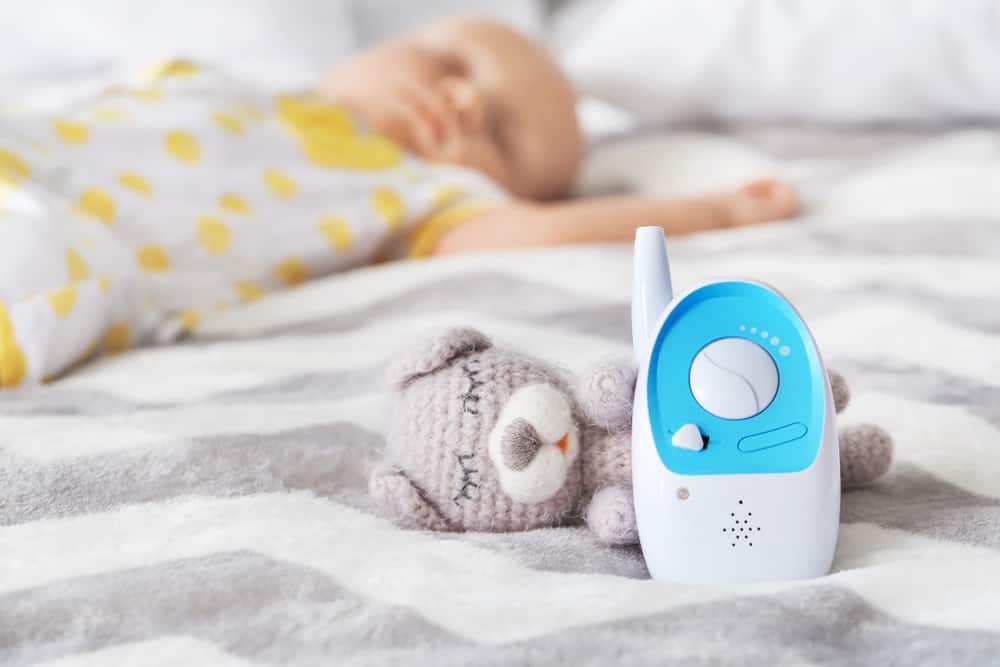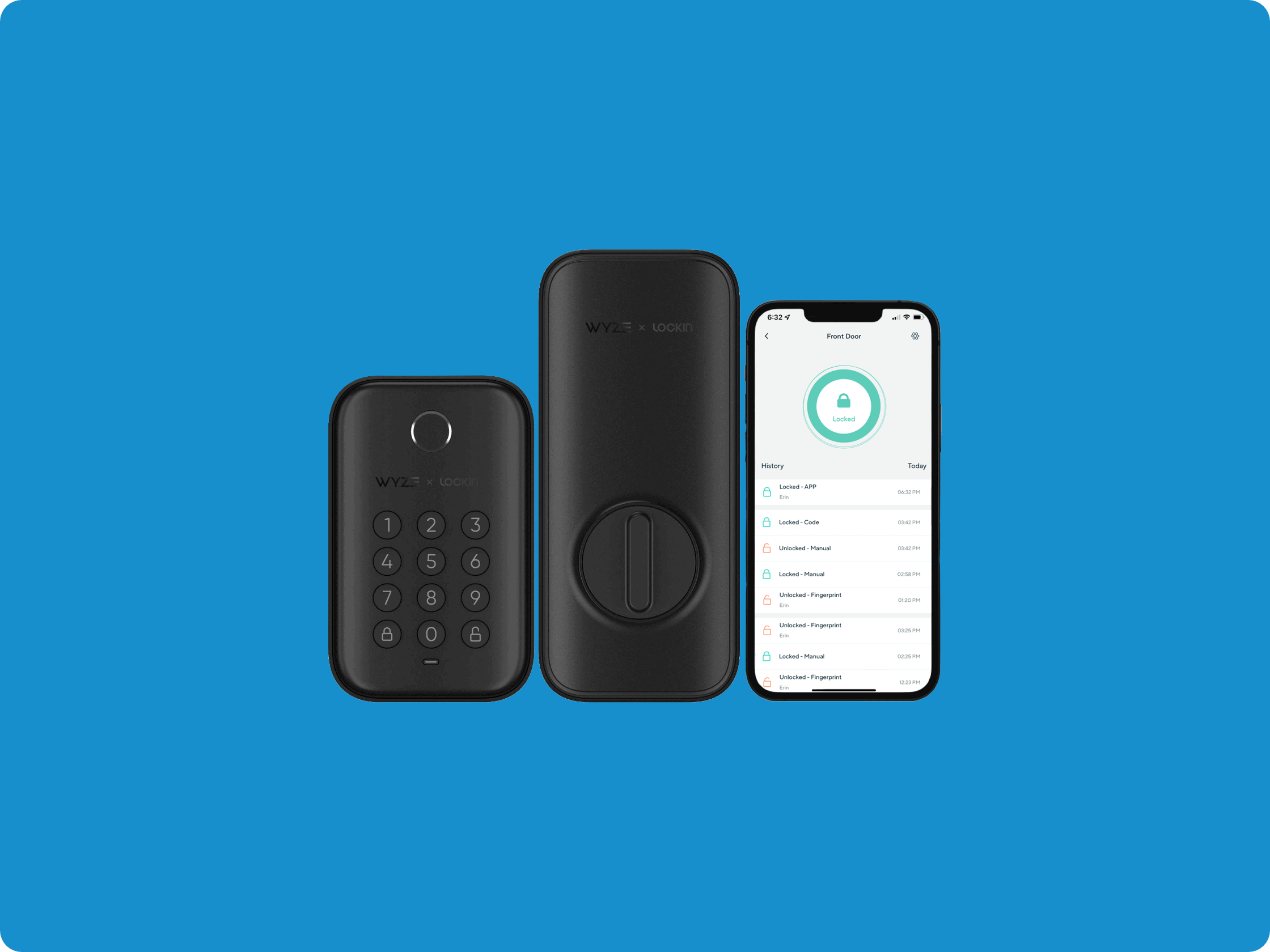
Home lighting technology and whole home security have come a long way in the last decade. It used to be common practice to set timers for lights to go on at specific hours to simulate someone being home, but those systems were clunky and limited at best. There was also the more low-tech approach of simply leaving a light on or TV blaring when you weren’t home, again trying to mimic the appearance of someone being there. However, both methods are faulty.
It turns out that leaving a light on 24/7 is actually like posting a “Nobody’s Home” sign on your front door, and a light that pops on at the exact same time every day does not mimic normal behavior and is super easy to notice if a potential burglar is casing your house as a target.
Motion-sensor lights are a great innovation, and while definitely more helpful than leaving a light on, they are still easy enough to get around. Enter smart light tech. Now, lights can go on when you enter a room or an outdoor area is approached, but you can schedule the lights at more random intervals easily with app commands. Plus with certain types, the light can send you an alert or record video when motion is detected. Now at last we’ve got the lights working for us!
Which smart lighting is the best? There are many types to choose from and myriad configurations, both inside and outside. It all depends on how much tech you want to manage. Whether you want to install just a few smart plugs and bulbs or go with a fully integrated security system, smart lighting can significantly up your safety factor.
Did You Know? According to FBI stats,1 more burglaries are committed during the day than in the evening, so don’t assume that daylight brings safety. A top home security camera with built-in smart light can help to keep burglars away.
What Is Smart Lighting?
In the most basic definition, smart lighting is home lighting that you can control wirelessly through an app or voice commands. The lighting is usually integrated with existing home automation, such as Google Home, Alexa, HomeKit, or Ring. Philips Hue offers a whole suite of stand-alone bulbs with its own app if you don’t want to deal with a separate home automation system.
Smart lighting can be as simple as installing a few smart plugs in your existing outlets where your lamps are plugged in, or popping smart bulbs into your lamps and light fixtures that you control remotely with your phone or other device. From there, you can take it as far as switching out all the lighting in your home, along with outdoor walkway lights and floods, which are all controlled through a central hub. There is the option to land somewhere in between these two choices, of course.
From a home security perspective, any or all forms of smart lighting can be useful in deterring crime. The capability of being able to remotely turn lights on or off, plus scheduling lights and other devices at random intervals, can have the desired effect of making it seem like someone is home. Most smart lights have a vacation-type mode that turns lights off and on randomly so that a potential burglar can’t determine a pattern.
FYI: There is a free platform called IFTTT, or If This Then That, which connects many popular smart home devices. For example, if your Ring detects someone at the door, it can trigger your Philips Hue bulb in the kitchen to turn on.
Smart Plugs, Bulbs, and Switches
A smart plug is an easy and inexpensive way to begin your smart lighting journey. You can quickly transform an existing lamp into a smart home device that you control wirelessly. These plugs can be used with any appliance, such as a TV, which can be turned on and off remotely as an additional safety measure.
Smart bulbs work similarly, and with certain home automation systems, you can cluster your lighting, such as in the living room, and can set up voice commands like “Turn on the living room lights.” Switches are a little more complex to install and may require a pro, but once installed, they are also controlled via app or voice.
Smart Outdoor Lights
There are many choices in outdoor lighting, and motion-sensor capability is a must for crime prevention. But smart lighting can take it a step further by integrating it into your alarm system.
While there are simple outdoor smart lights you can install that can be scheduled and controlled wirelessly, companies like Ring allow you to connect floodlights and pathway lights to your existing Ring alarm system and be alerted to motion at the light point. It can also record video on your connected Ring devices when lights are triggered. Ring also offers outdoor camera/light combinations such as its Spotlight Cam. Ring Solar Pathlight is another popular outdoor smart light, as not only is it solar powered and integrates easily with their alarm systems, but it’s actually nice looking.
Amazon makes light/camera combinations as well such as its Spotlight Cam suite of products, Defiant and Swann are other popular brands of smart outdoor lighting that integrate well with common home automation systems.
Final Thoughts
You can start small with a few smart plugs and bulbs to learn how smart lighting can make your life not only more convenient but safer. We think once you dip your toe in, you’ll quickly discover all the ways you can use this tech to your advantage to keep burglars from targeting your home. There is no end of ways you can use automation to mimic human movement (if someone approaches your house after a certain hour, that can trigger a bedroom light to go on for a minute or two, and so on and on).
The bottom line in regard to home security and smart lighting? Criminals want the easy target — as in no dog, no alarm, no lighting — so the more you do to make your home look and feel occupied, the less likely your home will be a target of a burglary. Coupling smart lighting with cameras and sensors is optimal, but smart lighting alone is still an effective tool on its own if used well.





